Counted amongst the most popular regional and cultural festivals of Sikkim, Pang Lhabsol attracts countless tourists and visitors from across the nation and parts of the world. The vibrant festival exudes a matchless aura of positivity and colours all around, bringing all the people of the state at a platform where they can just immerse their souls in celebrations and festivities. Carnivals, cultural performances, lama warrior dances and a scrumptious spread of authentic Sikkimese cuisine are few of the major highlights that are looked forward to by all the visitors and travellers. For cultural enthusiasts planning their trip to Sikkim, this is by far the best time to witness and admire this breathtakingly beautiful state’s effervescent ethnic and traditional legacy.
History of the Festival
The festival is believed to have been started somewhere around 13th century under the reign of Chakdor Namgyal, the third Chogyal or Dharma King of the state. The celebrations basically aim at paying homage to Mt. Kanchenjunga, the guardian deity of Sikkim which is believed to have been protecting this holy land since ages. Besides, Pang Lhabsol also finds a special place in the hearts of people from the Bhutia and Lepcha communities who celebrate this day commemorating the oath of “Blood Brotherhood” taken by the chiefs of two communities under the witness of Mt. Kanchenjunga during the 15th century.
Duration of the Festival
The celebrations for Pang Lhabsol are held on the 15th day of the 7th month of Tibetan Lunar Calendar every year, which according to English Calendar, falls somewhere between the August-September timeframe. While this mystical festival is celebrated across Sikkim at different locations and monasteries, an extravagant carnival is staged on the grounds of the Tsuklakhang Monastery in Gangtok. Both tourists and locals including Bhutias, Lepchas and Nepalis take part in the festivities with great enthusiasm showcasing the vibes of communal harmony in the state.

Highlights & Important Rituals of the Festival
The colourful festival of Pang Lhabsol is replete with some elaborate rituals, prayers and thrilling dance performances by monks and lamas; amongst them the most famous and the one that keeps the visitors hooked to their positions is the awe-inspiring warrior dance called ‘Pang-Toed Chaam’ that aims at invoking the guardian deity, Mt. Kanchenjunga; Lamas wearing fiery red-faced masks with crown of five skulls, riding on a snow-lion represent the guardian angel and simply provide for a spectacular show with their enthralling dance and acrobatic moves on eclectic sounds of echoing drums and cymbals. The entry of Mahakala, the protector of Dharma, is profoundly awaited amidst the dance and which brings about a dramatic twist to the whole performance.

















































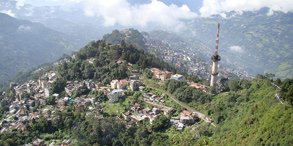
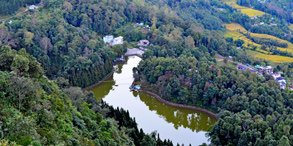
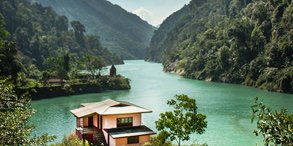
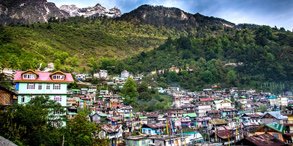
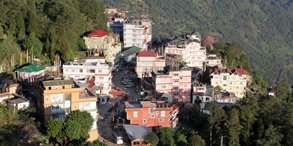
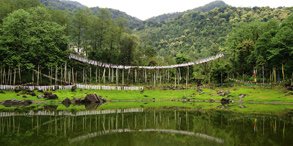
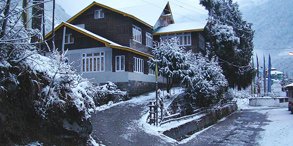
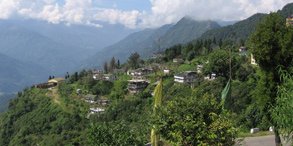
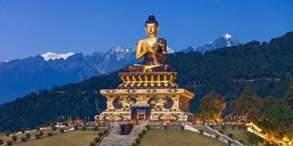
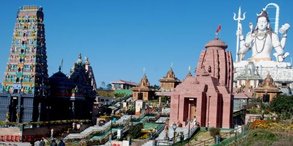
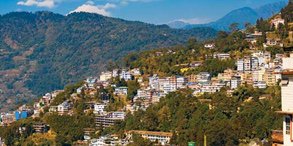
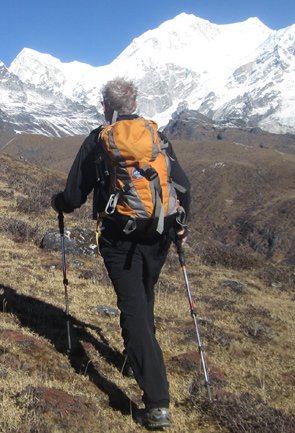
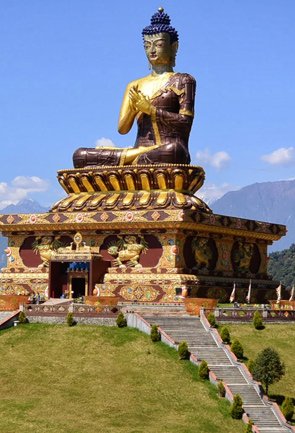

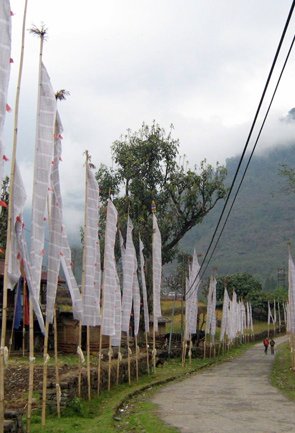
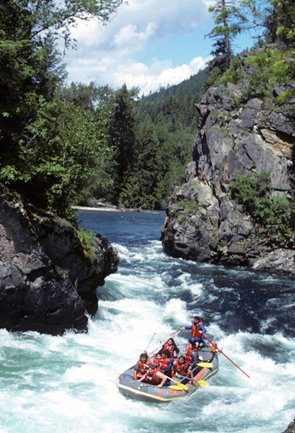

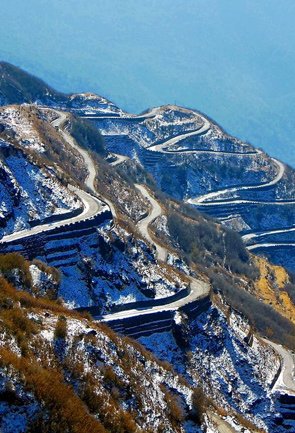

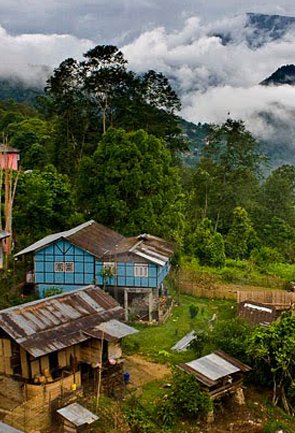
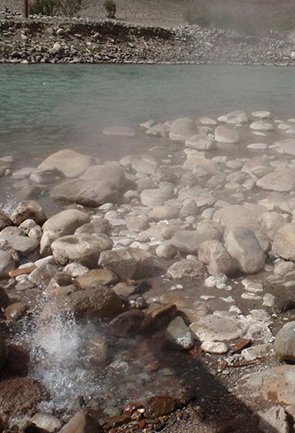
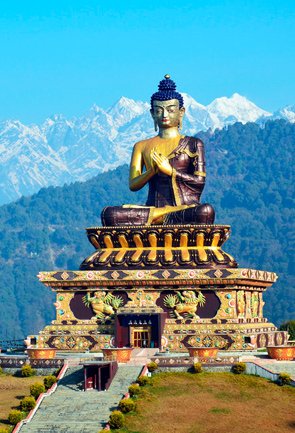

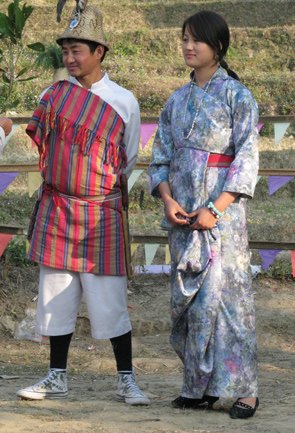
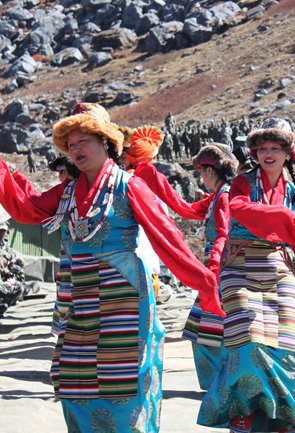
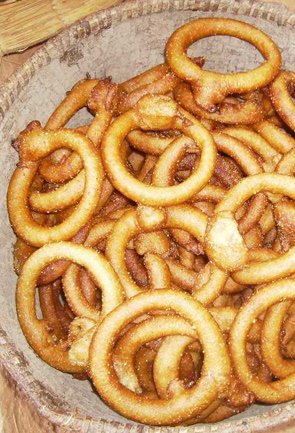


 Plan Trip
Plan Trip Call Us
Call Us Packages
Packages Home
Home